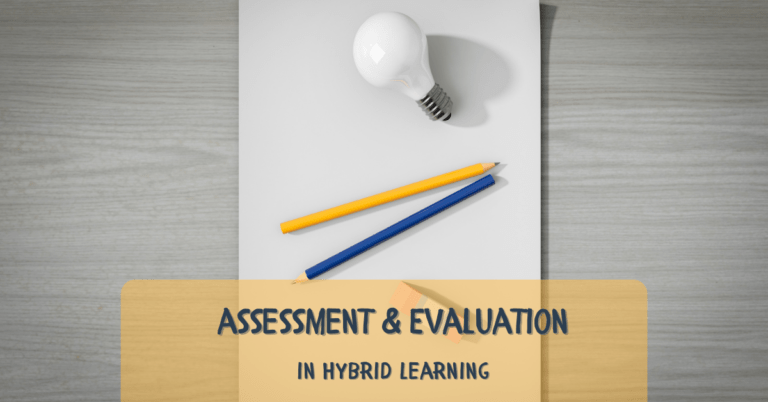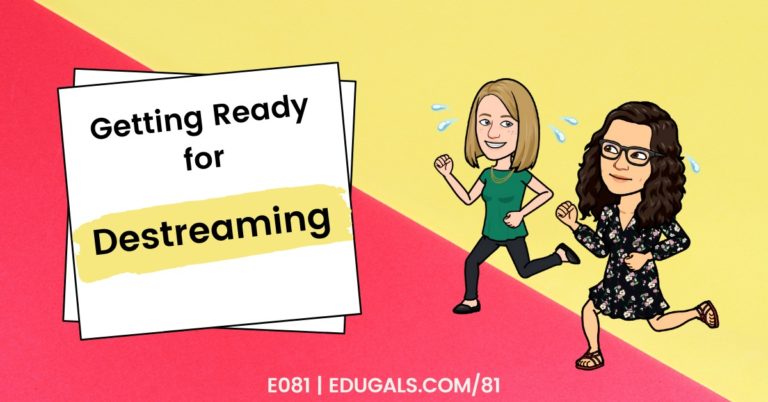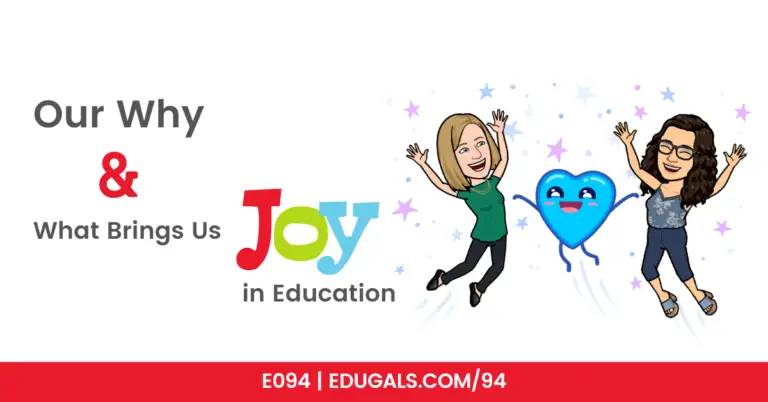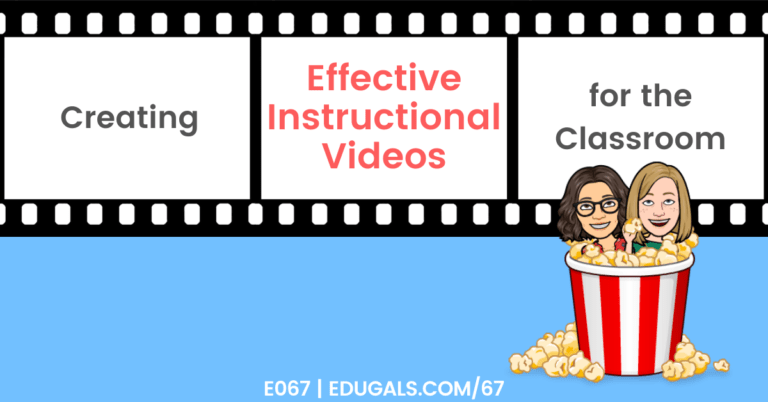[podcast_subscribe id=”7428″]
In this epsiode, we are exploring the idea of learner variability in the context of UDL (Universal Design for Learning). We are going to share what it is, as well as some different strategies and resources for how you can support all learners.
If you like what you hear, we would love it if you could share this episode with a colleague or friend. And make sure you subscribe so that you don’t miss out on any new content! And consider supporting the show by buying us a coffee or two!
We would love to hear from you – leave a comment on our website OR check out our FLIP!

Show Notes
This week, we are going to start to talk a little bit more about Universal Design for Learning (UDL) because we want to dig into this model. This week our focus will be on learner variability.
Before we get started, it’s important the we quickly explain what this is and is not. Often times, when some say learner variability, they often think automatically of learning styles or preferences. We just want to quickly remind our listeners that this is not what we are talking about.
What we are doing here is actually looking at the whole student. We don’t want to silo students into one specific learning style (such as kinesthetic, auditory, etc.). Instead, we are actually looking at the whole student, and the classroom strategies we can use to reach out students.
In the phrase “learner variability,” we really want our listeners to key in on the term ‘variability’ because it tells us that each learner is not necessarily going to have the same needs every minute of every day. It’s going to change and fluctuate depending on what else is going on in their lives, and what is affecting their ability to learn.
Learner variability is also much more holistic; it is more in tune with what our students need, and the barriers that they are facing in the classroom.
On that note, for those interested in checking out learner variability in more details, Digital Promise has created a workspace that you can create based on your teaching practice. It breaks content up into very general areas, connects it to your email address, and then has you go through and think of a student or two, and some of the different factors that you know about them.
All of the possibly factors are laid out, and you select the ones that impact your student(s) specifically. It will then share out strategies that can help you more effectively teach that student.
Before we dive into how to use this website, and the various strategies, let’s get started with the basics.
What is Learner Variability?
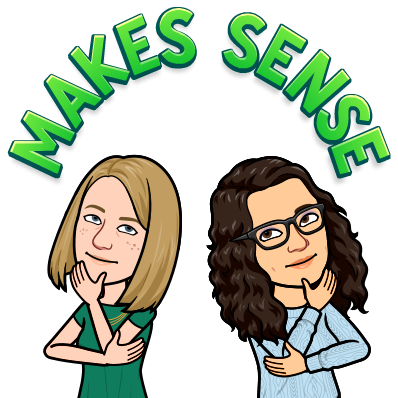
Learner variability are the various factors in life that may impact a student’s ability to learn. The factors are divided into four different categories, or pillars: student background, social emotional learning, cognition, and content.
Content factors are related to the curriculum. If in a literacy-based course, this could be decoding, foundational writing skills, vocabulary, etc. For math, it may be fact retrieval, arithmetic, mathematical flexibility, etc.
Cognition is more about the brain, so it will include attention, cognitive flexibility, working memory, etc.
Social emotional learning is fairly explanatory, but it looks at our emotions and how they affect our ability to learn. For example, motivation and sense of belonging are included in this pillar.
Lastly, student background is made up of a variety of different factors, such as primary language, home learning environment, sleep, socioeconomic status, and more.
Together, these factors look at the whole learner and their readiness to learn.
Why is Learner Variability important?
Our classrooms today are not the same as they were 20-25 years ago. We have students coming from all around the world, from a very wide range of lived experiences.
Some of our students come from countries experiencing war. This model is particularly important because sometimes it may be difficult for our learners to be ready to learn in a classroom when they may be thinking about family or friends back home, or the home that they no longer have. Some students also may have had to leave a parent behind when they moved here.
These situations will impact our students’ ability to learn in the classroom. We need to keep these things in mind because we are there to teach all of our students, and this model will help provide strategies to make this possible.
Learner variability is also at the centre of UDL;
There are three main beliefs that UDL practitioners hold. These are those beliefs:
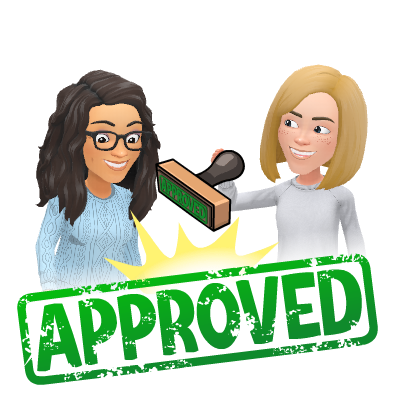
- Learner variability is the rule, not the exception; learners might need to learn in different ways, or use different materials, to reach the same goal.
- All students can work towards the same firm goals and grade level standards when they are provided with conditions of nurture and adequate support.
- If we can remove barriers to learning, all of our students can become expert learners.
With this in mind, this model is a great way for teachers to seek more knowledge, and to learn more about how to start implementing UDL and this framework in their classes.
This variability is the very foundation of where UDL comes from; we can’t talk about the other pieces of UDL framework without fully understanding and embracing learner variability.
It also brings to mind culturally relevant and responsive pedagogy (CRRP), and how connected it all is to learning. We have said many times that UDL and CRRP are so deeply connected, and that by doing one you tend to be doing the other, as they are both all about the whole student, seeing themselves reflected in the classroom, in the teaching methods, etc.
There is currently an initiative entitled UDL Rising to Equity Initiative. They are working on rewriting the framework for UDL with a CRRP lens to it.
We will be sure to share out this new and updated framework once it is released!
Deeper dive into the four pillars
At this point, it’s worth doing a deeper dive and exploration of the four pillars of learner variability, as well as the factors within those four areas. It’s important to understand what they are, but also what sorts of barriers might exist, and how we can start to think about how to eliminate or minimize these barriers for students.
The navigator from Digital Promise is fantastic. You can hover over one specific factor, it will then highlight additional factors that research has indicated are impacted by that factors you have selected.
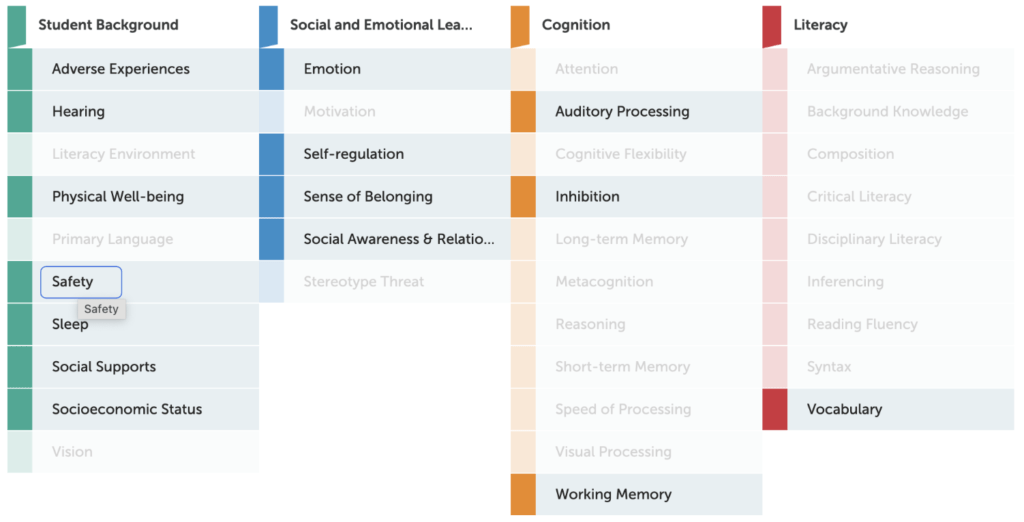
For example, by hovering over safety, it highlights factors such as: sleep, social supports, emotion, self-regulation, sense of belonging, working memory, and more. It blurs out factors that are not connected or impacted by the selected factor.
This tells us that safety is not an isolated factor that impacts education and readiness for learning. In fact, it tells that a student’s sense of safety can impact so much in terms of education and ability to learn.
If you click on a factor, for example motivation, it will open a new page that explains the factor, shows its connection to other learning factors, and then also provides research-based teaching strategies for that factor. They really break down each of the different factors and gives suggestions as to the cause of these factors as well.
By clicking on a strategy, such as advance graphic organizer, it will then bring you to a page that explains the teaching strategy, shows a video example of that strategy in an actual classroom, and also provides additional resources, such as examples, research and professional development.
Just like how factors are connected to other factors, many of the strategies, and their use, can also support different factors. By taking one suggested strategy, and implementing it in the classroom, you are potentially eliminating multiple factors as a barrier to learning.
The goal of this website by Digital Promise is to help teachers take real classroom strategies and start using them based on the students and the key factors that affect learning in the classroom. This is a very powerful website.
Community building, then learner variability!
In education, we often talk about the importance of community building and getting to know our students. Learner variability is that next step!
This model really brings it to the next level, and really gets you thinking about how well you know your students, and if they share something about their past or present that may impact their learning, this is the resource that will get you started with information, strategies and exemplars.
Learner variability really does celebrate the student for who they are, and gives teachers the resources to make learning accessible for all.
Getting started!

If you are using a tool like this, or you want to start to incorporate the idea of learner variability in your planning and thinking, then consider focusing on one of these pillars, or an area where you’re noticing that students are struggling. Once you have a starting point to explore the factor, do some deeper learning, and check out suggested teaching and classroom strategies, you’ll then be able to try it out in your classroom. From there, you can then shift to a different pillar or area.
Using the navigator, even just using the hover feature to see how one factor could be impacting a variety of other factors is also a good way to get started. By seeing the connections, we begin to see how one area of life can actually affect other areas of life and learning. We stop thinking in terms of factors in isolation from one another and being to open our minds to change. It could then provide you with some questions to ask your student(s) as a follow up and check in.
It’s also important to consider that variability can change from day to day. Having options, and being open to the fact that students may need different supports depending on what is going on outside of the classroom, will help make our learning spaces feel safe and welcoming for our students.
Using this important, we can also consider long term planning and different strategies that we can continue to use so that we are reaching our students. Even if we may not know about something going on at home or with a friend group, by using various strategies in the classroom, this will support them and their learning.
Remember: all of our students are different, and our goal as educators should be to try our best to reach them where they’re at, and support them with their learning so that they can experience success.
